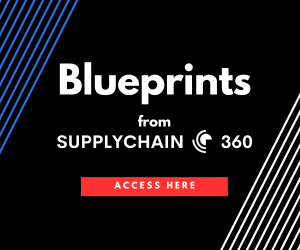Explore critical questions about implementing predictive maintenance strategies within the supply chain. This FAQ article complements the Predictive Maintenance for Fleet Efficiency blueprint, offering insights to tackle common challenges and enhance your approach.
Embarking on the journey to integrate predictive maintenance into operations brings about a variety of questions and challenges. Moving from traditional to predictive maintenance is a considerable change that demands thorough planning, investment, and adept management of change. This FAQ segment seeks to clarify common inquiries, providing direction and actionable recommendations to ensure an effective and seamless implementation, building upon the foundational principles outlined in our detailed blueprint.
- How can I justify the initial investment required for predictive maintenance? The justification lies in conducting a comprehensive cost-benefit analysis that showcases long-term financial savings, improved efficiency, and potential return on investment, supported by real-world examples and results from initial pilot projects.
- What if there’s a lack of technical skills for implementing predictive maintenance? Bridging skill gaps is achievable through dedicated training initiatives and collaborations with technology partners, emphasizing the importance of continuous learning and development to adapt to new technological demands.
- How do I ensure the accuracy and reliability of data from IoT devices? Opting for reputable IoT devices, ensuring regular calibration, and establishing stringent data validation processes are key. Continual refinement of data collection protocols is essential to uphold data integrity.
- What strategies can be employed to manage resistance to change? Mitigating resistance involves early stakeholder engagement, transparent communication of the benefits, and extensive training, directly addressing concerns to facilitate a smoother transition.
- How can predictive maintenance be integrated with minimal disruptions? Gradual integration, starting with the most critical assets, allows for process refinement based on initial insights. Compatibility with existing systems is crucial to minimize operational interruptions.
- What best practices should guide the selection of predictive maintenance technologies? Consideration should be given to system compatibility, scalability, user-friendliness, and vendor support, with pilot testing serving as a valuable decision-making tool.
- How can data privacy and security concerns be addressed? Prioritizing robust encryption, regular security evaluations, and adherence to data protection regulations, alongside team training on secure data practices, is paramount.
- Is predictive maintenance suitable for all types of equipment? Evaluating each asset’s relevance for predictive maintenance based on its criticality and historical maintenance data helps determine the most cost-effective approach.
- Which metrics are crucial for evaluating the success of a predictive maintenance program? Key metrics include reductions in downtime, maintenance cost efficiencies, extended equipment lifespan, and overall return on investment, offering a clear measure of program impact.
- How can continuous improvement in predictive maintenance be ensured? Fostering an environment that values regular evaluation, stakeholder feedback, and keeping pace with technological advancements is essential for ongoing refinement of maintenance strategies.
These FAQs expand on the Predictive Maintenance for Fleet Efficiency blueprint, delving into overcoming prevalent implementation challenges. By addressing these points, the path towards a successful adoption of predictive maintenance is clearer, promising not only a smoother transition but also enduring enhancements in operational efficiency and resilience. Adopting these guidelines will propel supply chain operations to the forefront of innovation and operational excellence.





